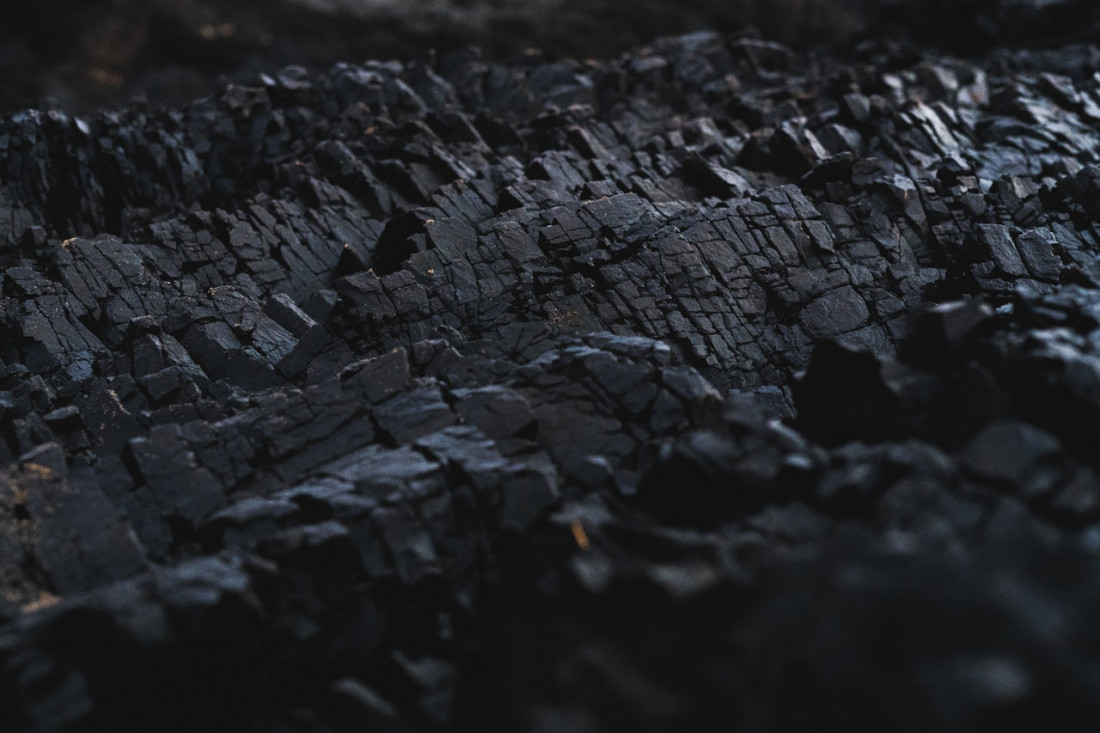Mankind is using more and more rare earth minerals. As consumer society spreads to the developing world, demand for the minute quantities of irreplaceable metals and minerals that are used in the manufacture of so much of the modern world is growing daily. For example the growing use of Scandium for aerospace components, or the increased need for Lanthanum in electronic devices.
But now it seems that an industrial accident in North Carolina may have shown the way to a new source.
In February 2014 a break in a storm water pipe was discovered at Duke Energy’s retired coal fired power station at the small town of Eden in North Carolina. As the News Observer reported, despite the company’s efforts to stop the flow, as much as 80,000 tons of toxic coal ash went into the Dan River poisoning water supplies and causing untold damage to local wildlife.
A year later, Duke Energy (America’s largest energy producer) admitted that some seepage was still occurring, including from other sites, and the flow of coal ash into the river had not entirely been stopped.
As a result of the spill (the third largest of its kind in US history) Duke Energy was taken to court, and as CBS news reported, “…pleaded guilty to nine violations of the federal Clean Water Act and will pay $102 million in fines and restitution.” The report continues by stating that, “Duke was also sentenced to five years’ probation.” And so, “the company will be monitored for compliance.”
Naturally the case attracted huge attention from mainstream media, environmental lobbyists and the energy industry. But the scientific community was also brought in, by all parties, to investigate the full impact of the spill.
One such study was conducted by the highly regarded Gillings School of Public Health, and was co-funded by “state and federal regulatory agencies to help answer important questions about the type and amounts of toxic chemicals present in the coal ash, enabling regulators to better assess potential risks to communities along the river.”
As the lead researcher Dr. Damian Shea, Professor at the Department of Biological Sciences at North Carolina State University noted, ““There are a number of potentially hazardous chemicals contained in coal ash, primarily toxic metals such as arsenic and selenium. Cancer-causing chemicals called polycyclic aromatic hydrocarbons, or PAHs, may also be present at lower levels.”
But a further study conducted at the Nicholas School of the Environment at Duke University began to find that large amounts of rare earth minerals (or rare earth elements; REE) were also present. They compared deposits from all over America and found that coal ash from the Appalachian Mountains had the highest concentrations.
Furthermore, the report noted that the REE content was often higher in the coal ash that in standard sourcing ores, stating, “The fraction of critical REEs (Nd, Eu, Tb, Dy, Y, and Er) in the fly ashes was 34–38% of the total and considerably higher than in conventional ores (typically less than 15%).”
However, the question remains as to whether or not the minerals are recoverable, as the report concludes by saying, “Overall, this study shows that coal fly ash production could provide a substantial domestic supply of REEs, but the feasibility of recovery depends on the development of extraction technologies that could be tailored to the major mineral content and origins of the feed coal for the ash.”
For this reason, the research continued by focusing on the feasibilty of recovery, as research team member Prof. Heileen Hsu-Kim states, “For any future venture to begin an extraction program, the recovery method will need to be tailored to the specific chemistry of the coal ash being used.”
One extraction method, as the journal Phys.org reports, was that, “The Duke researchers tried ‘roasting’ the coal ash with an alkali agent before dissolving it with nitric acid. [And found that] Even though the process hadn’t been optimized for recovery purposes, the tests showed a marked improvement in extraction efficiency.”
Whilst the research has yet to draw a full conclusion on the practicality of REE recovery, it is already known that in China, Lithium is being extracted from coal (you can read more about that here), so the idea of extracting from coal ash is far from science fiction.
Given the planets need for rare earth minerals and the energy industry’s desire to make use of what is currently a toxic waste, it seems only a matter of time before an economic method of extraction is developed.
As Hsu-Kim notes, “The Department of Energy is investing $20 million into research on extraction technologies for coal wastes, as there is literally billions of dollars’ worth of rare earth elements contained in our nation’s coal ash. [For now] The reagents we used are probably too expensive to use on an industrial scale, but there are many similar chemicals. The trick will be exploring our options and developing technologies to drive the costs down. That way we can tap into this vast resource that is currently just sitting around in disposal ponds.”
When and how the extraction method will be found remains to be seen, but it is sure to have a major impact on chemical trading markets. Turning waste into a much needed resource looks like a win/win situation for everyone. Or will some rare earth mineral traders lose out?

